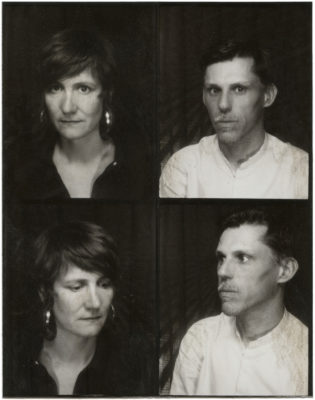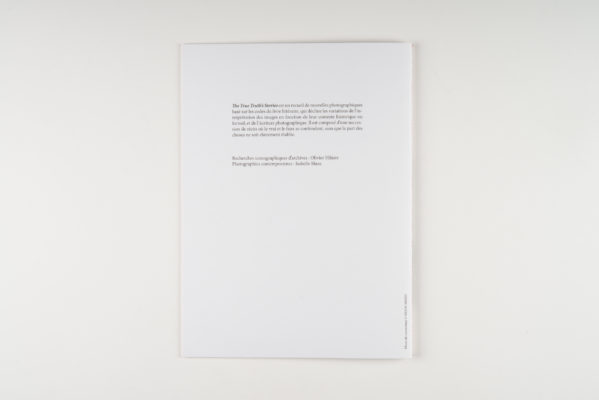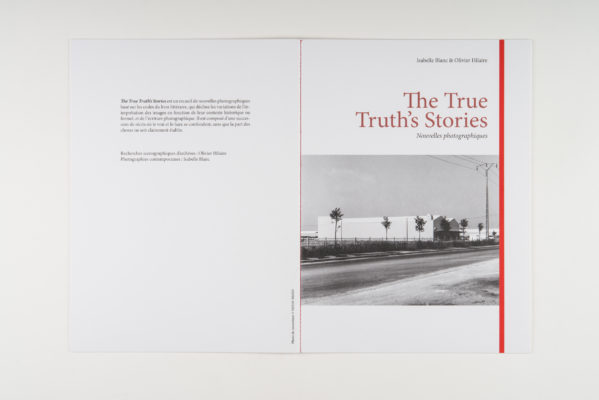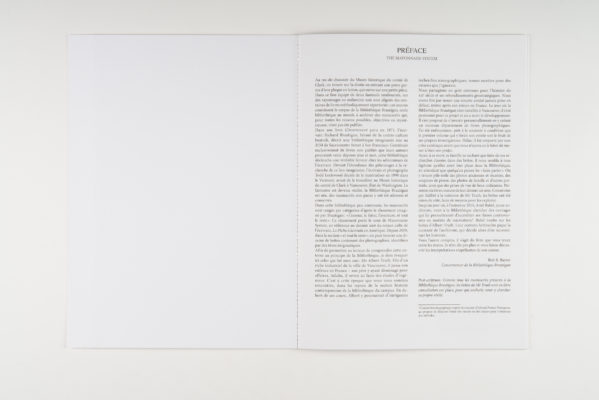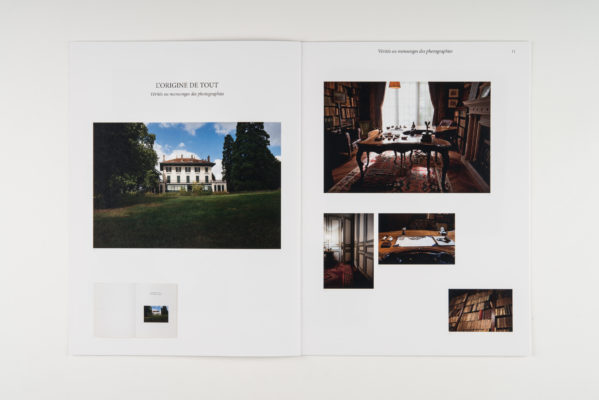Isabelle Blanc & Olivier Hilaire
French-Swiss multidisciplinary artist Isabelle Blanc was born in 1971 in Paris. She studied cinema in Lausanne (ECAL) and Montreal. She has jointly developed photographic and cinematographic work and over the course of her career, creating ten short films, including Entre frère et sœur, which won the Golden Leopard for best short film at the Locarno Festival (1996).
In her photographic work, she is interested in decompartmentalizing the medium and she explores its narrative boundaries, borrowing forms of writing from the visual arts, cinema and literature. She uses the fictional potential of territories, drawing from collective imagination, and works on different levels of realities (fantasies, anticipations, dreams, and memories) to develop new narratives systems. The storytelling is elliptic and filled with trails, suggestions and theatres of operations that invite the audience to carry on the stories.
Isabelle Blanc has presented her short films in Europe and North America. Her work was recently exhibited at Circulation(s) Festival and at Galerie Escougnou-Cetraro in Paris.
French visual artist and iconographer Olivier Hilaire was born in 1979 in Nîmes. Following his studies at the Marseille-Mediterranean College of Art and Design, he worked as a consultant and art director before resuming his own work as an artist. Revolving around memory and history, his creations revisit events through a narrative weaving of iconographic and manuscript archives.
Scenography is central in his work. It enables him to multiply the levels of interpretation by establishing bridges between the private and the collective, the present and the past, the story being told and the viewer. The same photo can testify to personal experience while at the same time being perceived as a collective iconography, becoming a medium for the projection of everyone’s own memories.
As a scenographer, Olivier Hilaire has worked for galleries and art centres, in particular the project Effacés du monde by Mylène Zizzo, exhibited at the Voies Off des Rencontres D’Arles Festival 2014. His photographic project La Nouvelle Ville, the journal composed of archives was published by Transborder, and was presented in group exhibitions between 2012 and 2013 in France.
Project
The True Truth’s Stories, La vérité de Mr Truth
The True Truth’s Stories is a photographic short story proposed to us by Isabelle Blanc and Olivier Hilaire based on the codes of literary books (preface, chapters, epilogue). It is made up of a succession of narratives mixing true and fictional stories, within which the artists play with truth and falsehood with the help of archival and contemporary images.
Following the collapse of his ideal world provoked by the discovery of a photo album, the young Mr Truth spent his whole life obsessively searching for truth: what lies hidden behind the veneer of images, whether public or private?
This book exhibits the fruits of Mr Truth’s search, which led him to accumulate a large number of photographs throughout his life. I found them in Vancouver, USA, at a special library that collects unpublished works: theBrautigan Library.
Forgotten on a shelf, these photos were loosely stored in boxes identified by titles. The stories they contained evoke collective fantasies (conspiracy theories, millenarian fears, popular beliefs) born of the interpretation of images.
I grouped these photographs into sets, according to the categories and titles established by Mr Truth, attempting to reconstruct their likely meaning. To achieve this, I had to conduct a long process of research and interpretation, and I hope I have approached his intentions as closely as possible.
Ariel Babel*, archivist
Based on the principle that photography attests to nothing, that its proliferation and the blind spread of its use is accelerating the devaluation of its meaning and credibility, we think that only in a historical or formal context can it be attributed a linguistic function.
We express this viewpoint through a variety of plastic, cinematographic and documentary approaches that raise questions about the status of images.
One of these approaches highlights the polysemy of images through the use of a recurrent photograph. Its meaning varies from one story to another, pushing the reader to search for its significance in the book as a whole, while deepening the mystery. Author Ariel Babel will provide the key in the epilogue and reveal the scale of Mr Truth’s obsession.
All of these processes result in stories made of ellipses: “[The author] is no longer someone who tells a story, he only presents a few scraps of it; it is up to the reader to attempt to reconstruct it.” (Michel Raimond, “5. Le nouveau roman”, Le Roman depuis la révolution, Armand Collin, Paris, 1998)
*Anagram shortcut Olivier Hilaire and Isabelle Blanc
